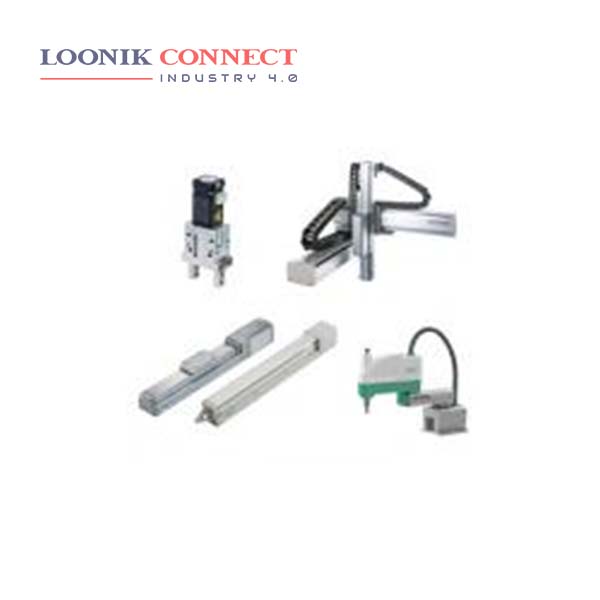An electric actuator is a device that can create movement of a load, or an action requiring a force such as clamping, using an electric motor to create the necessary force. An electric actuator is a mechanical device used to convert electricity into kinetic energy in either a single linear or rotary motion. It automates damper or valve in order to increase process efficiency and complexity.
Electric actuators are divided into two different types; rotary and linear. There are four basic types of linear actuators: mechanical/electro mechanical, hydraulic, pneumatic and piezoelectric. Rotary Valve Actuator. This is a type of valve actuator that takes various kinds of power, such as electricity and pneumatics, in order to turn it into mechanical energy. Linear Valve Actuator.Lead Screw Actuator.Pneumatic Actuator. Manual Valve Actuator.
Actuators are often used in manufacturing or industrial applications, and in devices such as pumps, switches, and valves. They have also been used in innovative adaptive structures. Motion is usually created by air, electricity, or liquid. The types of motion created by actuators are linear, rotary, or oscillatory. Pneumatic valve actuators use air pressure to produce motion to position a valve and they are the most common type of actuator used in process systems.










